Happy Sunday, cactus lovers!
On our quest to plant a million cacti, we have reached an exciting juncture. It is time to start seeds en masse on behalf of the Andean communities who partner with us.
Until now, Huachuma Collective has focused on planting cuttings of cacti in the traditional manner, as Josip has been doing since 1999.
The scale of planting that is needed to save wild Huachuma is a tall order, though. A few wild populations of San Pedro are healthy, large, and diverse enough to propagate endlessly from cuttings. Andean people do this mostly in areas where ceremonial use of the plants has been lost.
Collecting and starting cactus seeds is not a traditional practice in the Andes, where propagating cacti from cuttings echoes the way highland people plant potatoes: by using a piece of the plant’s own body as a clonal “seed” to reproduce more of the parent’s genetics.
San Pedro mostly propagates this way in the wild. When swollen with rainwater or shaken by wind, the limbs break and fall of their own accord, only to re-root in the soil beside their mother plants and sprout new cacti from their bodies, using the old tissue as compost. Often hundreds of years old, these self-propagating clumps of cactus can expand interminably.
Most cactus populations, though, are not this abundant, and the rare and precious fruits that we find are a promising way to regenerate their legacy in Peru.
Though they take around five years to reach the size of an average San Pedro cutting, seed-started plants are the only large-scale, cost-effective, and genetically diverse way to reach our goal of one million plants.
We have been slowly growing our seed bank and we’re pleased to share that we are launching our first round of seed-planting in the next couple months!
We are gathering funds now to help Josip travel to collect seeds in several of our partner communities. We will start and raise the seeds for three years in Chaclacayo, then return the seedlings to their communities of origin for planting.
Here is the link to our fundraiser for this project:
Even if you’re unable to donate, it would help so much if you would take a moment to go to the link and share the fundraiser with your community.
San Pedro’s situation is serious, and it is worsening quickly.
There is a narrow band of effective habitat for wild San Pedro in the Andes. The plants grow in very specific zones which meet their precise elevation, temperature, and water needs. Many of those habitats have already been compromised by agricultural encroachment, road construction, and overharvesting. In the majority of active harvest zones, the plants are being cut at a faster rate than they are able to regenerate, and where old-growth plants still exist, they are being harvested disproportionately.
From our preliminary windshield and walking surveys, we estimate that among all San Pedro’s endemic habitats in Peru, less than a quarter are still well-stocked. At this rate, Peru is perhaps a decade away from losing the very roots which sustain its living culture: the wild source of Huachuma which built the ancient empires and watched them fall.
We would be honored if you would consider making a contribution to our efforts.
In love and community,


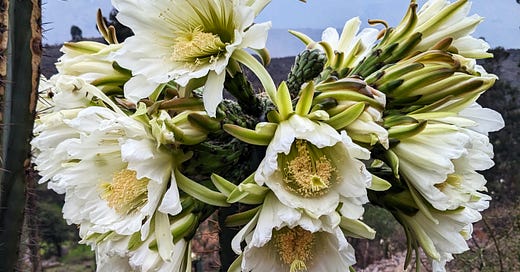


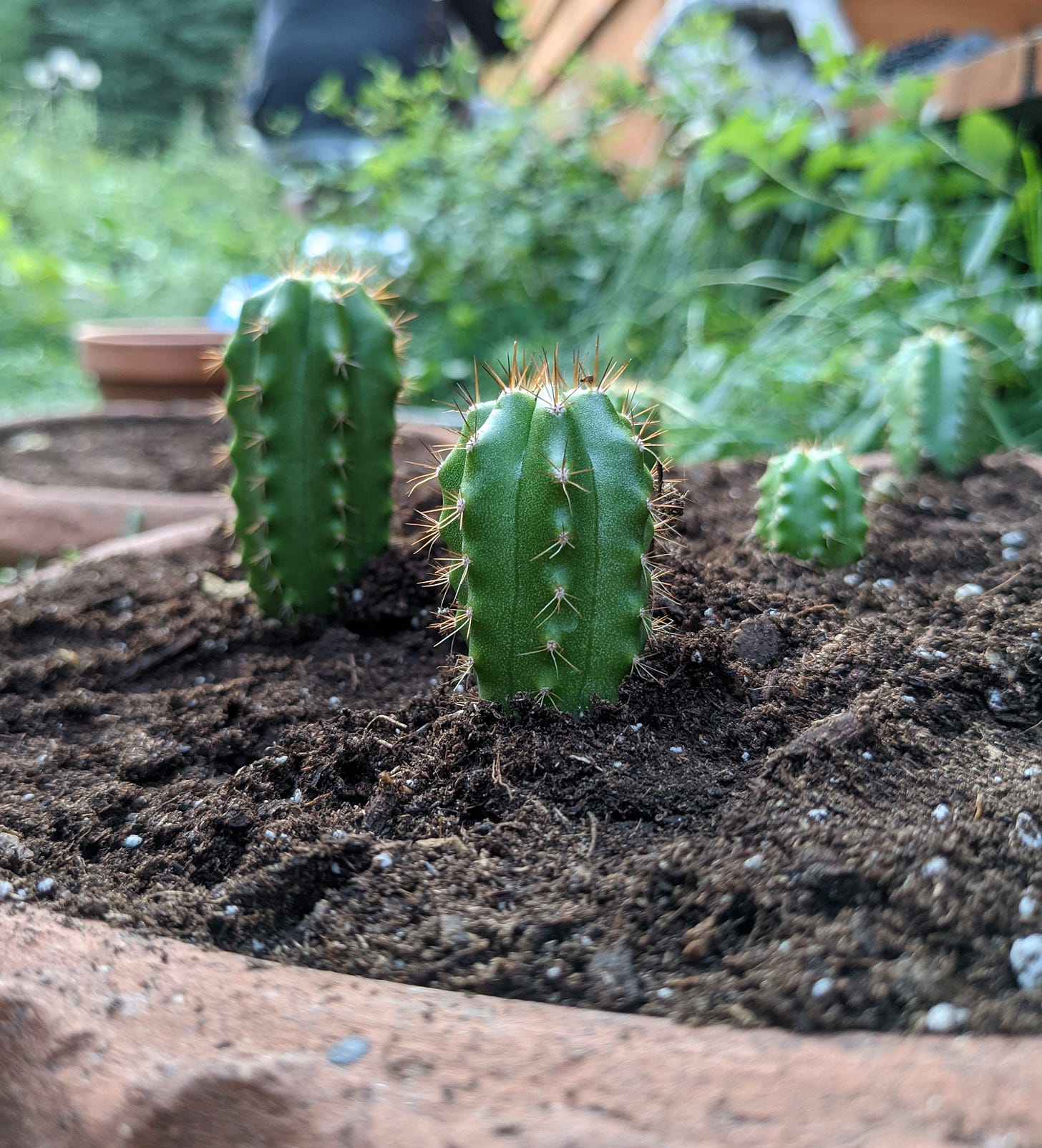

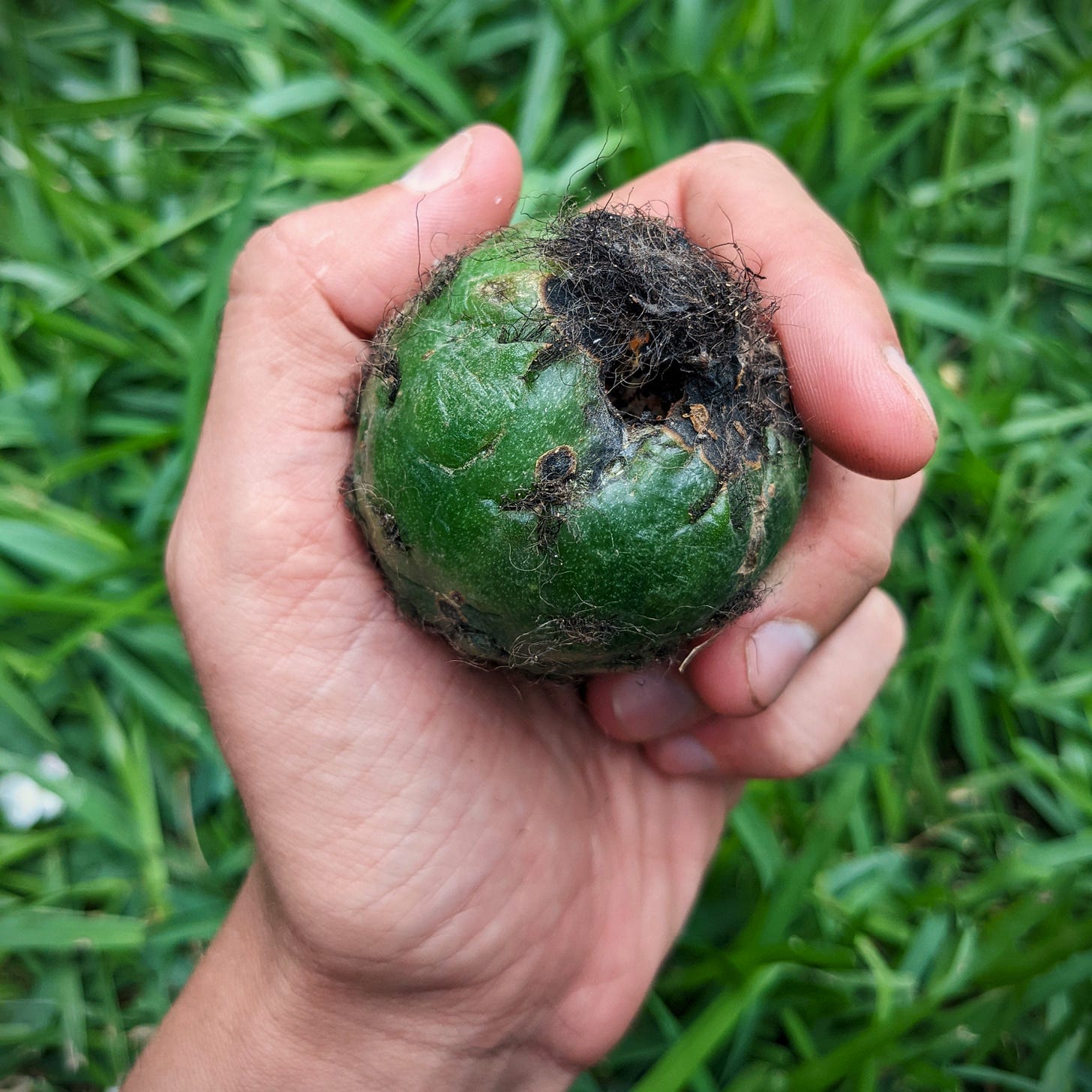
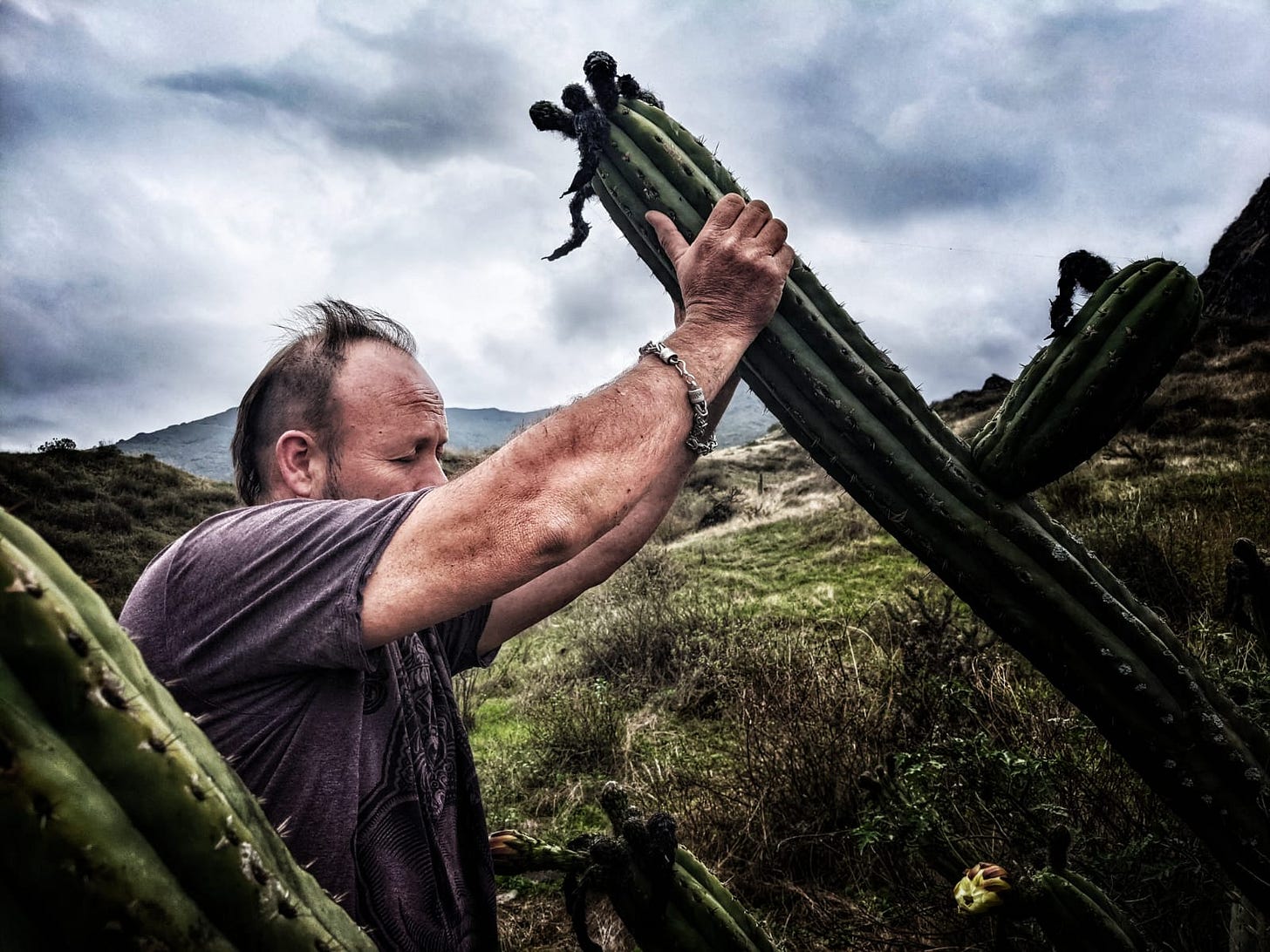

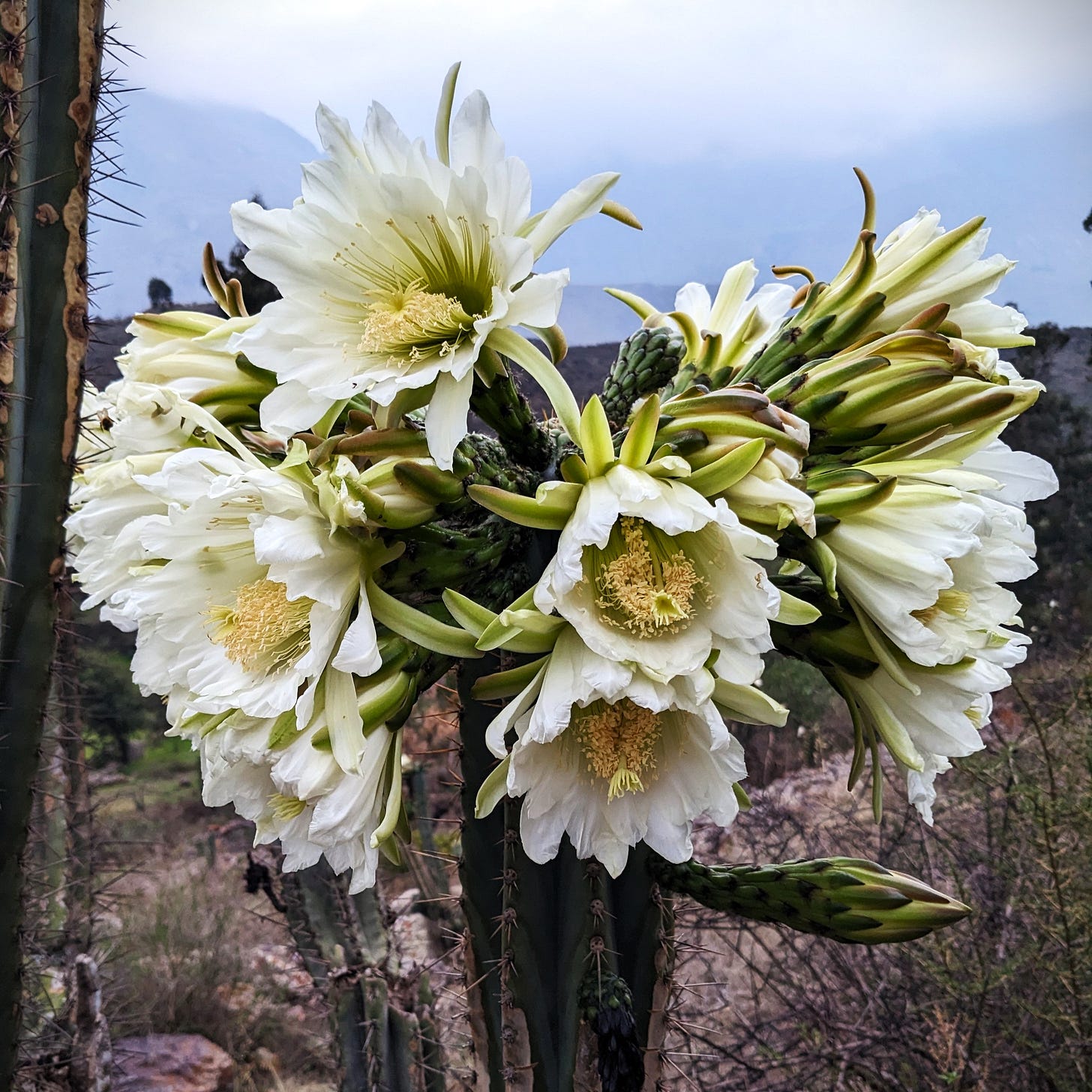
It's sad to know that plants are being cut at a faster rate than they are able to regenerate, congrats on your effort to change that. Here in Vale do Juruá, Acre, the same is happening with Jagube (Yagé). Thank you for raising awareness about this issue.
Your writing is so captivating and passionate. The pictures in every article are just awesome! If you ever write a Huachuma book, I would love to know!
I have been growing San Pedro for 2 years now. The cultural / natural knowledge that you and Jossip tell helps me to even more appreciate these beings!
I dream to see them in habitat throughout the Andes